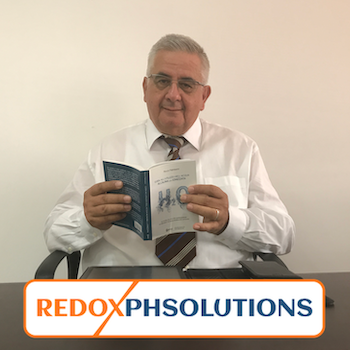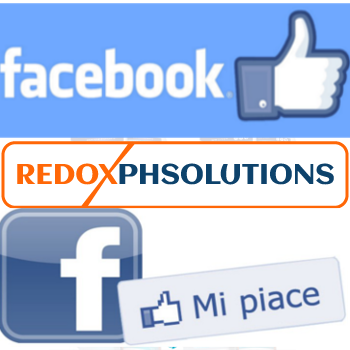Dr. Alpesh Desai is a Derrnatologist and Clinical Researcher at Coast Derrnatology in Torrance, California. Dr. Tarn is an intern at Philadelphia College of Osteopathic Medicine, Pennsylvania. Ms. Bhakta is a rnedical student and Dr. Tejas Desai is an intern at University of North Texas Health Science Center, Fort Worth. Dr. Sarkar is a Dermatologist at Safdarjung Hospital & Vardhrnan Mahavir Medical College, New Delhi, India. Mr. Desai is a student at Dartmouth College, Hanover, New Hampshire. Dr. Alpesh Desai is a consultant and advisory board member for Mikuni Corporation. Drs. Tarn, Tejas Desai and Sarkar, and Ms. Bhakta and Mr. Desai report no actual or potential conflict of interest in relation to this article. The purpose of this study was to determine the efficacy and the tolerability of the Charme” systern, a hand-held device that electrolyzes a water-based sodium chloride solution and delivers electrolyzed oxidized water (EOW) to the skin, in the treatment of mild to moderate acne. A total of 31 patients with mild to moderate acne vulgaris were enrolled in this 8-week, open-label, split-face pilot study. Acne lesion counts and physician global assessments were taken at each visit, as well as patient satisfaction and global assessrnents and high-resolution digital photographs. Statistical analysis of the results for treatment versus baseline scores was perforrned using a Hotelling T test and repeated measures analysis of variance. Values of .04 or less were considered statistically significant. A total of 25 patients (mean age, 24.7 years, ranging frorn 15 to 47.years) completed the study. The mean reduction in total acne lesion counts from baseline to the end of treatment was 40.9 for the EOW treated side (right side) and 18 for the untreated side (Hefi side) (P=.04). Investigators observed a signifimnt mean reduction in inflarnmatory lesions, both papules and pustules (P<01), as well as in the number of individual papules (75.7 vs 19.4) and pustules (42 vs 7.38) on the treated side versus the untreated side (P=.Q2). The mean reduction of the noninflarnrnatory lesions, however, was not signifimnt (P=.336). Physician global assessrnent indimted that 100 of the patients showed clinical irnpmvernent of 25 or more, while 50 of the patients observed a moderate imprevement of 50 or more at the end of the treatment period. Interestingly. 75 of the patients preferred the EOW delivery system to other conventional treatrnent rnodalities. Only 5 patients had transient, cutaneous adverse effects, such as pruritus, erytherna, burning/stingfng, and/or peeling, that ceased by week 2. Patient satisfaction with the EOW system was rated high, with 80 of the patients in the study assessing the EOW device as good or excellent, while 16 rated the device as fair. Only 4 of the patients were dissatisfied with the device. The pilot study demonstrated that the EOW system is an effective and well-tolerated rnethod of treatment for patients with acne. The device appeared to be effective primarily on inflarnrnatory acne lesions. This is most likely attributed to the antirnicrobial properties of the EOW that reduce the Propionibacterium acnes populations.






